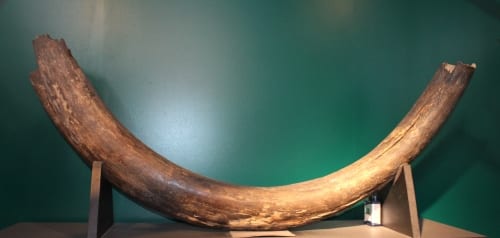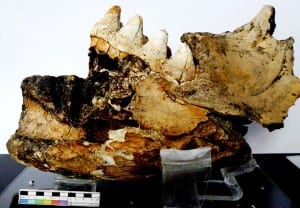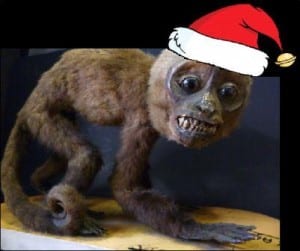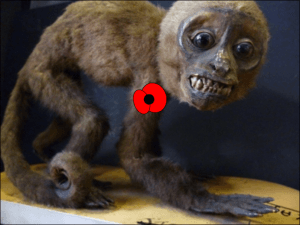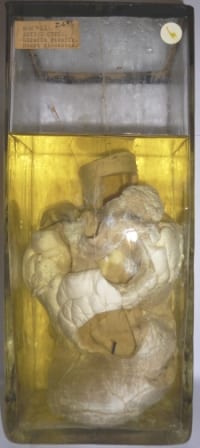It seems to be a week for thinking about Art vs. Science this week. Of course the whole idea or art vs. science is a fallacy but increasingly I meet artists and scientists who want to live up to the stereotype of being in either camp and rejecting outright the other one. As a university museum we work very hard to ensure that our collections support the research of the academic community not just here at UCL and it isn’t just science researchers who are ‘allowed’ in.
Natural history and art have a shared history and for a long time were the same thing. Trace the origins of an interest in the natural world and biology back to its roots and description, observation, inspiration and illustration are natural history. You couldn’t prise the ‘art’ or the ‘science’ bits out of it without undermining the whole endeavor. This tradition continues today, if we think about the Wildlife photographer of the year, the imagery employed by conservation agencies, the latest Wellcome collection exhibition, the works of Mark Dion or even the plates and graphs from scientific journal papers they can be considered both art and science. Particularly, with the pervasive use of the Internet, visual media is increasingly how we communicate our ideas, agendas and passions. Be it a powerful image that sums up the plight of Orang Utans, a meme that causes us to chuckle over a tea break or the sheer beauty of what is called ‘data porn’, that is, a nice infographic that shows rather than tells the story.
So on any given day at the Grant Museum we could have visiting scientific researchers who may be measuring the dimensions of a skull or looking for the differences between fossils. Alternatively we could have an artist creating an installation for our Foyer and we’re excited to see the reactions to the museum for our upcoming sculpture season collaboration with the Slade School of Fine Arts. Rarely is there a day where we don’t have an art group or individual artists sketching or photographing specimens on display. All of the above are equally valid uses of museum collections and this post follows a day out for one of our specimens down to the Royal College of Art. (more…)
 Close
Close




